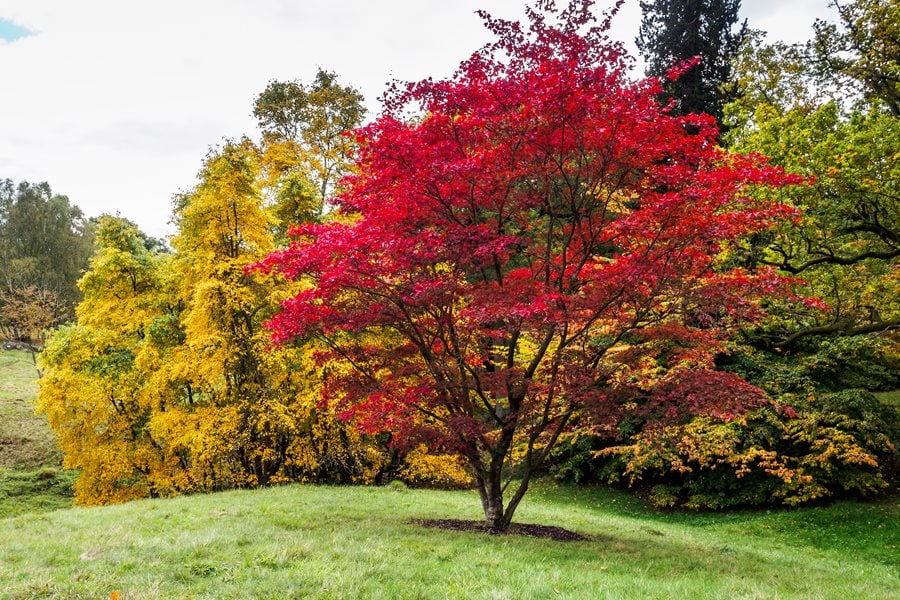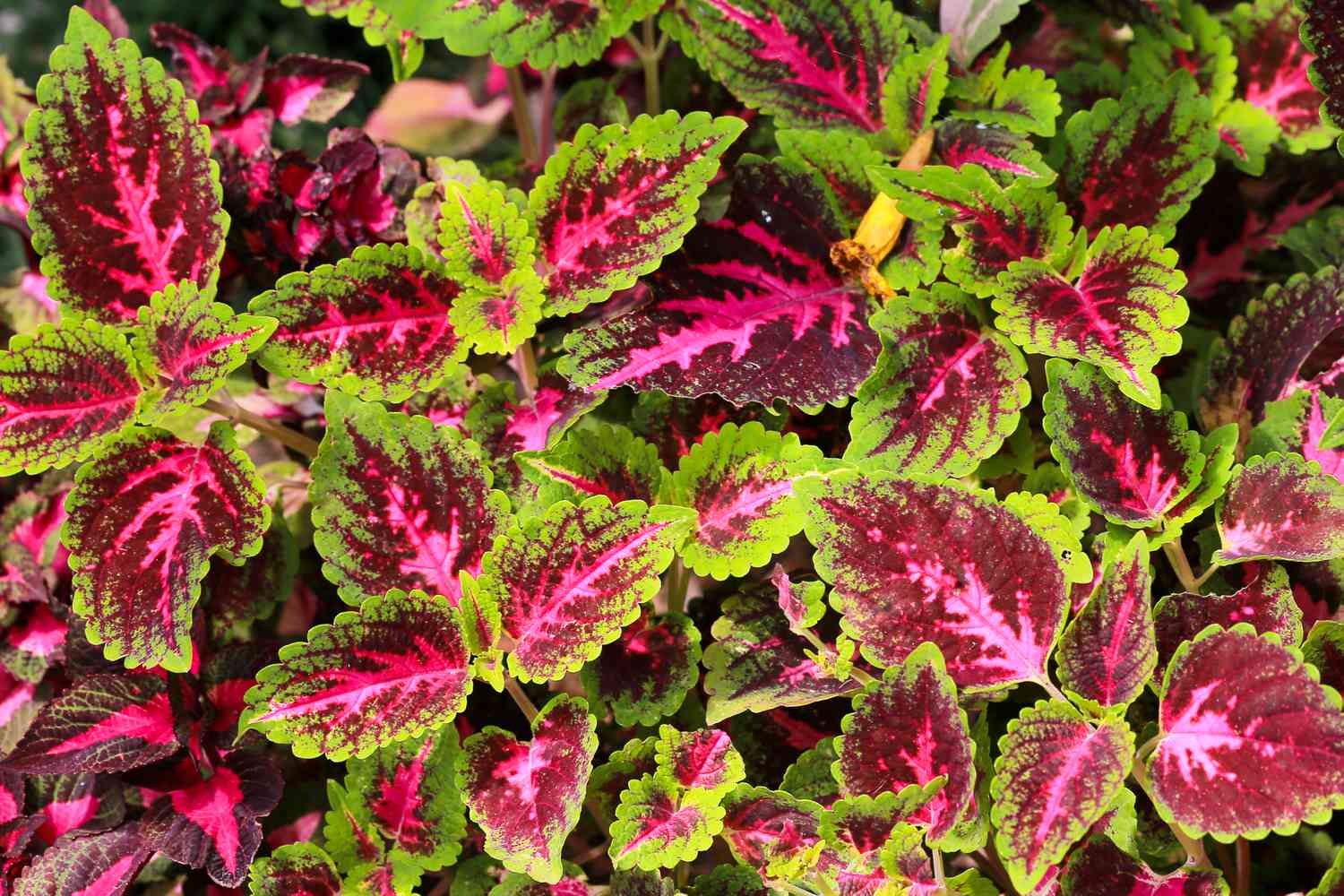Discover the Beauty of 7 Flowering Plants With Beautiful Foliage
Explore the captivating world of flowering plants with stunning foliage. From vibrant hues to intricate patterns, these 7 botanical wonders will elevate your garden to new heights of beauty.
Introduction
Welcome to a botanical journey like no other! In this article, we’ll immerse ourselves in the enchanting realm of flowering plants with exquisite foliage. From the delicate intricacies of leaf patterns to the vibrant hues that paint the landscape, these plants are true marvels of nature. Join us as we delve into the unique characteristics of each botanical gem, offering insights and inspiration for garden enthusiasts and nature lovers alike.
7 Flowering Plants With Beautiful Foliage
Embark on a visual feast as we showcase seven stunning flowering plants renowned for their exceptional foliage. Each plant possesses distinct attributes that contribute to its allure, making them must-have additions to any garden or landscape.
1. Coleus (Plectranthus scutellarioides)

Coleus, also known as painted nettle, is prized for its vibrant foliage in shades of green, purple, pink, and red. With its variegated leaves and intricate patterns, coleus adds a splash of color and texture to both indoor and outdoor settings.
Care Tips:
Provide coleus with well-draining soil and partial shade, as intense sunlight can fade its colors. Keep the soil consistently moist but avoid waterlogged conditions. Pinch back flower spikes to encourage bushier growth and vibrant foliage.
2. Japanese Maple (Acer palmatum)

The Japanese maple is celebrated for its delicate, lacy leaves and stunning autumnal colors. From deep crimson to golden yellow, the foliage undergoes a mesmerizing transformation throughout the seasons, creating a visual spectacle in any landscape.
Care Tips:
Plant Japanese maple in well-drained soil with dappled sunlight or partial shade. Water regularly, especially during periods of drought, and mulch around the base to retain moisture. Prune selectively to maintain its graceful form and enhance airflow.
3. Heuchera (Heuchera sanguinea)

Heuchera, also known as coral bells, captivates with its colorful foliage in shades of green, bronze, purple, and silver. Its delicate bell-shaped flowers add an extra dimension of beauty, attracting pollinators and hummingbirds to the garden.
Care Tips:
Plant heuchera in fertile, well-draining soil with partial shade to full sun exposure. Provide adequate moisture, especially during hot and dry periods, and avoid wet or waterlogged conditions. Divide clumps every few years to rejuvenate plants and promote vigorous growth.
4. Ti Plant (Cordyline fruticosa)
:max_bytes(150000):strip_icc()/tiplantGettyImages-1700267151-2d471f422d2e4f6a9daebbc82ba08025.jpg)
The ti plant, native to tropical regions, boasts striking foliage in hues of red, pink, purple, and green. Its bold, sword-shaped leaves add a dramatic flair to indoor and outdoor spaces, making it a popular choice for ornamental planting.
Care Tips:
Grow ti plants in rich, well-draining soil with bright, indirect sunlight. Keep the soil consistently moist but not waterlogged, allowing the top inch to dry out between waterings. Prune dead or damaged leaves regularly to maintain plant health and appearance.
5. Caladium (Caladium bicolor)

Caladiums are renowned for their vibrant, heart-shaped leaves in shades of pink, red, white, and green. Whether planted in borders, containers, or hanging baskets, these tropical beauties add a pop of color and elegance to any setting.
Care Tips:
Plant caladium bulbs in well-draining soil with filtered sunlight or partial shade. Keep the soil evenly moist but not waterlogged, as excessive moisture can lead to rot. Mulch around the base to conserve moisture and suppress weeds.
6. Hosta (Hosta spp.)
Hostas are beloved for their lush, broad leaves in shades of green, blue, gold, and variegated patterns. These shade-loving perennials thrive in woodland gardens and shady borders, providing texture and visual interest year-round.
Care Tips:
Plant hostas in moist, well-drained soil with dappled shade or filtered sunlight. Provide regular watering, especially during hot and dry periods, and mulch around the base to conserve moisture and control weeds. Divide clumps every few years to prevent overcrowding and maintain plant vigor.
7. Persian Shield (Strobilanthes dyerianus)
The Persian shield is prized for its iridescent purple foliage with metallic silver accents. Native to Myanmar, this tropical perennial adds a touch of exotic elegance to gardens and landscapes, complementing both flowering and foliage plants.
Care Tips:
Grow Persian shield in fertile, well-draining soil with partial shade to full sun exposure. Provide regular watering to keep the soil consistently moist but not waterlogged. Prune leggy stems regularly to promote bushier growth and maintain plant shape.
Conclusion
In conclusion, the allure of flowering plants with beautiful foliage is undeniable, offering a symphony of colors, textures, and patterns that elevate any garden or landscape. Whether you’re drawn to the vibrant hues of coleus or the delicate intricacies of Japanese maple, there’s a botanical treasure waiting to be discovered. By incorporating these plants into your outdoor spaces, you’ll create a sanctuary of beauty and tranquility that delights the senses and nourishes the soul.
FAQs
Q: Can I grow these plants in containers? A: Yes, many of these flowering plants with beautiful foliage thrive in containers, making them perfect for patios, balconies, and small gardens.
Q: Do these plants attract pollinators? A: Some of these plants, such as heuchera and Japanese maple, produce flowers that attract pollinators like bees and butterflies, enhancing biodiversity in the garden.
Q: How often should I fertilize these plants? Fertilize these plants sparingly, using a balanced, slow-release fertilizer applied according to package instructions. Avoid overfertilizing, which can lead to excessive foliage growth at the expense of flowering.
Q: Are these plants suitable for indoor cultivation? A: Yes, several of these plants, including coleus, ti plant, and Persian shield, make excellent indoor houseplants, provided they receive adequate light and moisture.
Q: Can I propagate these plants from cuttings? Yes, many of these plants can be propagated from stem or leaf cuttings, allowing you to expand your collection or share with friends and fellow gardeners.
Q: Are these plants deer-resistant? A: While no plant is completely deer-proof, some of these plants, such as Japanese maple and heuchera, are less palatable to deer and other wildlife due to their texture or chemical compounds.



